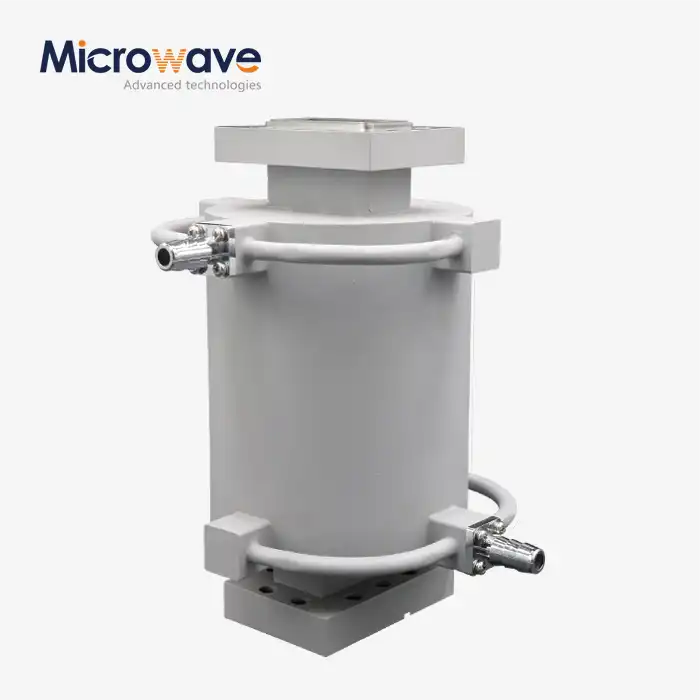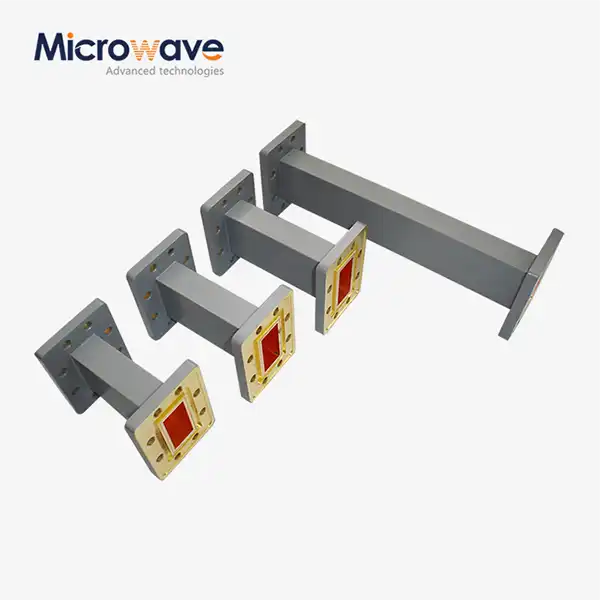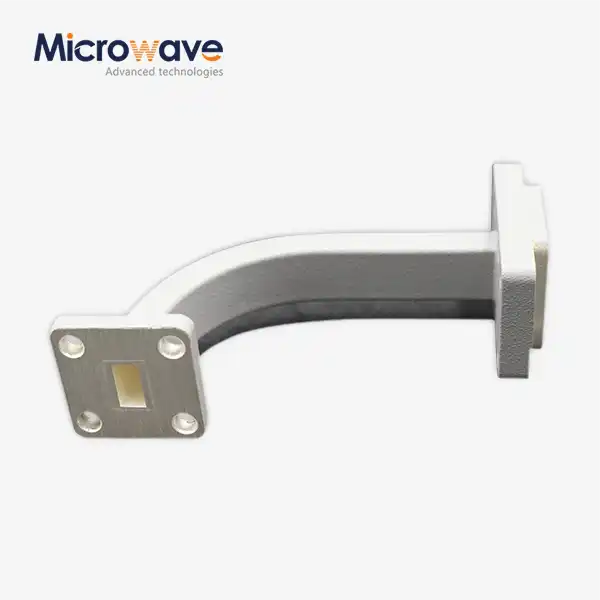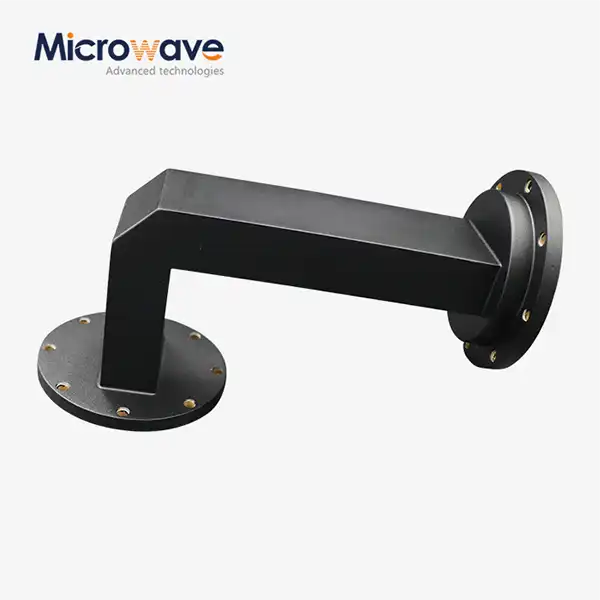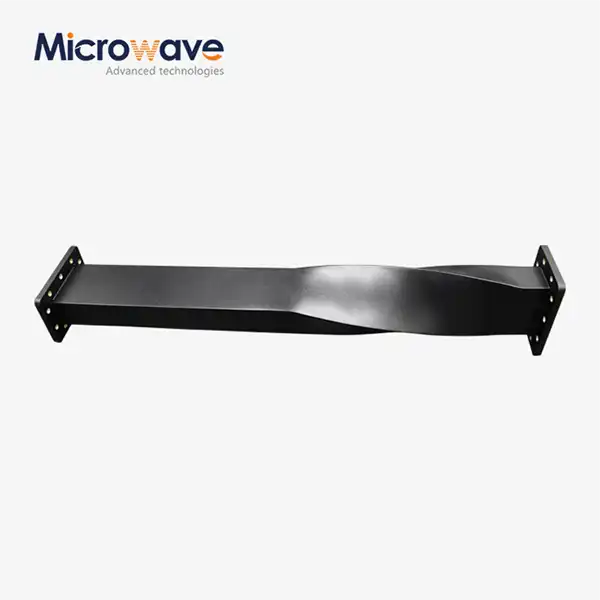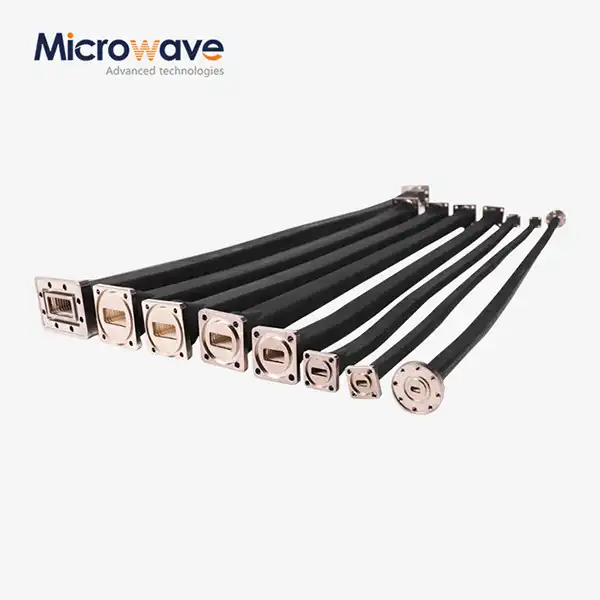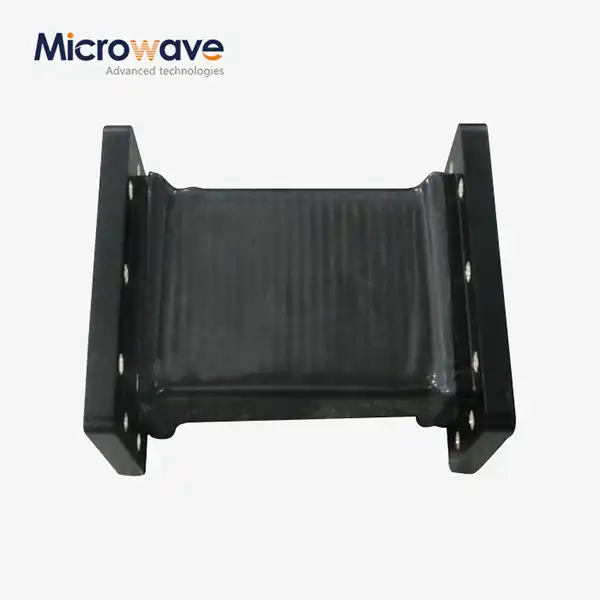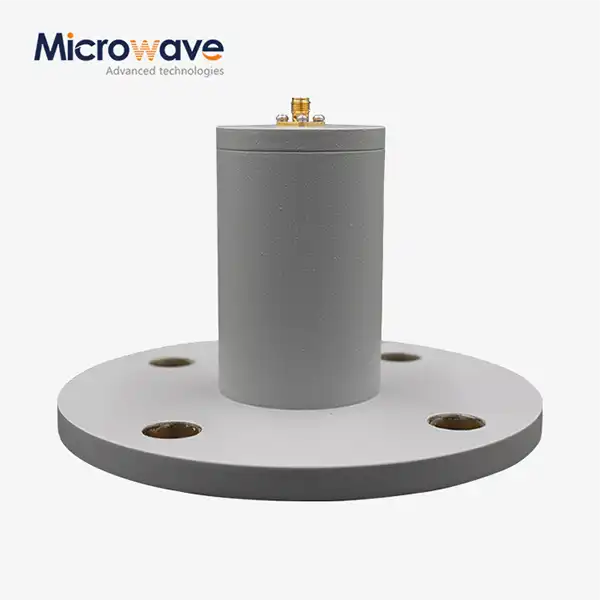How do resistive, reactive, and ferrite-based waveguide terminations differ in design and performance?
Waveguide terminations play a crucial role in microwave and RF systems by absorbing electromagnetic energy without causing reflections that could compromise system performance. Understanding the fundamental differences between resistive, reactive, and ferrite-based waveguide termination designs is essential for engineers selecting the optimal solution for their specific applications. Each type employs distinct physical principles and materials to achieve signal absorption, resulting in varying performance characteristics, power handling capabilities, and frequency responses that make them suitable for different operational requirements.
Resistive waveguide termination systems utilize resistive materials to convert electromagnetic energy into heat through ohmic losses. These terminations typically incorporate carbon-loaded absorbing materials or resistive films strategically positioned within the waveguide structure to create a gradual impedance transition from the characteristic impedance of the waveguide to free space. Reactive terminations, conversely, employ reactive elements such as capacitive or inductive components to create impedance matching networks that absorb energy through controlled reflections and cancellations. Ferrite-based waveguide termination solutions leverage the magnetic properties of ferrite materials, which exhibit high magnetic permeability and controlled losses at microwave frequencies, enabling efficient energy absorption through magnetic domain interactions and spin resonance phenomena.
Resistive Waveguide Termination Design Principles and Implementation
Material Composition and Electromagnetic Absorption Mechanisms
Resistive waveguide termination designs fundamentally rely on the conversion of electromagnetic energy into thermal energy through carefully engineered resistive materials. These terminations typically employ carbon-loaded polymers, resistive ceramics, or metallic films that provide controlled conductivity levels to achieve optimal impedance matching while maximizing energy absorption. The resistive elements are strategically positioned within the waveguide structure to create a gradual transition from the characteristic impedance of the transmission line to the termination load, minimizing reflections and ensuring efficient power dissipation. Advanced Microwave's standard product line of low-power terminations utilizes precision conical load elements for optimum electrical performance, incorporating high-quality resistive materials that maintain consistent performance across wide frequency ranges. The conical geometry allows for progressive impedance transformation, reducing the potential for standing wave formation and achieving VSWR values less than 1.05 over the full waveguide bandwidth. These resistive waveguide termination systems excel in applications requiring broadband performance and stable electrical characteristics across varying environmental conditions.
Power Handling Capabilities and Thermal Management
The power handling capacity of resistive waveguide termination systems depends primarily on their ability to dissipate heat generated during electromagnetic energy absorption without experiencing thermal degradation or performance deterioration. High-power resistive terminations incorporate sophisticated thermal management designs, including heat sinks, cooling fins, and thermally conductive mounting structures that efficiently transfer heat away from the resistive elements. Material selection plays a critical role in determining power ratings, with ceramic-based resistive materials typically offering superior thermal stability compared to polymer-based alternatives. Advanced Microwave Technologies Co., Ltd. designs waveguide termination solutions with power ratings up to 500W, utilizing aluminum and copper construction materials that provide excellent thermal conductivity and mechanical durability. The thermal stability of these components ensures reliable operation across wide temperature ranges, making them suitable for demanding aerospace, defense, and satellite communication applications where consistent performance is essential. Proper thermal management not only extends component lifespan but also maintains electrical performance parameters within specified tolerances under high-power operating conditions.
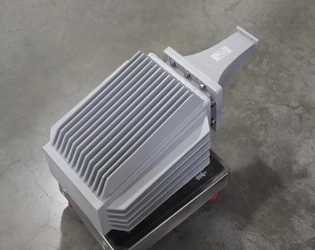
Frequency Response Characteristics and Bandwidth Considerations
Resistive waveguide termination systems exhibit distinct frequency response characteristics that influence their suitability for specific applications and frequency bands. The impedance matching performance of resistive terminations typically improves with frequency due to the distributed nature of the resistive elements and the electromagnetic field distribution within the waveguide structure. Lower frequencies may present challenges for achieving optimal matching due to the wavelength-dependent behavior of the resistive materials and the physical dimensions of the termination structure. However, well-designed resistive waveguide termination systems can achieve excellent broadband performance spanning multiple octaves when properly engineered. Advanced Microwave's terminations support frequencies from DC to 110 GHz, demonstrating the versatility of resistive designs for diverse microwave applications including radar systems, satellite communications, and telecommunications infrastructure. The wide frequency support capability makes resistive terminations particularly attractive for applications requiring consistent performance across broad spectral ranges, where other termination types might exhibit frequency-dependent variations in absorption efficiency or impedance matching characteristics.
Reactive Waveguide Termination Architectures and Performance Analysis
Impedance Matching Networks and Reflection Control Mechanisms
Reactive waveguide termination designs employ sophisticated impedance matching networks that utilize reactive components to achieve energy absorption through controlled reflection and cancellation processes. These terminations incorporate capacitive and inductive elements arranged in specific configurations to create impedance transformations that minimize return loss while maximizing energy dissipation. The reactive approach differs fundamentally from resistive designs by utilizing the reactive properties of the electromagnetic field itself to achieve termination, rather than relying solely on resistive losses. Reactive waveguide termination systems often employ quarter-wave transformers, stub matching networks, or tapered impedance transitions that progressively modify the electromagnetic field distribution to achieve optimal absorption characteristics. The precision engineering required for reactive terminations demands careful attention to dimensional tolerances and material properties, as small variations can significantly impact performance. Advanced Microwave Technologies Co., Ltd. incorporates reactive design principles in specialized waveguide termination applications where specific impedance matching requirements or bandwidth limitations make reactive approaches advantageous over purely resistive solutions.
Bandwidth Limitations and Frequency Selectivity
Reactive waveguide termination systems typically exhibit more frequency-selective behavior compared to broadband resistive designs, with performance characteristics that depend strongly on the specific reactive network configuration and component values. The impedance matching achieved through reactive elements is inherently frequency-dependent, with optimal performance occurring at specific design frequencies and degraded performance at frequencies removed from the design center. This frequency selectivity can be advantageous in applications requiring narrow-band termination with high selectivity, but may present limitations for broadband applications. Multi-section reactive matching networks can extend the useful bandwidth of reactive waveguide termination designs, but at the cost of increased complexity and size. The reactive components used in these terminations must maintain stable electrical properties across the operating frequency range and environmental conditions to ensure consistent performance. Advanced Microwave's waveguide termination solutions incorporate reactive design elements where appropriate to achieve specific performance requirements, particularly in applications where frequency selectivity or impedance matching precision are critical factors.
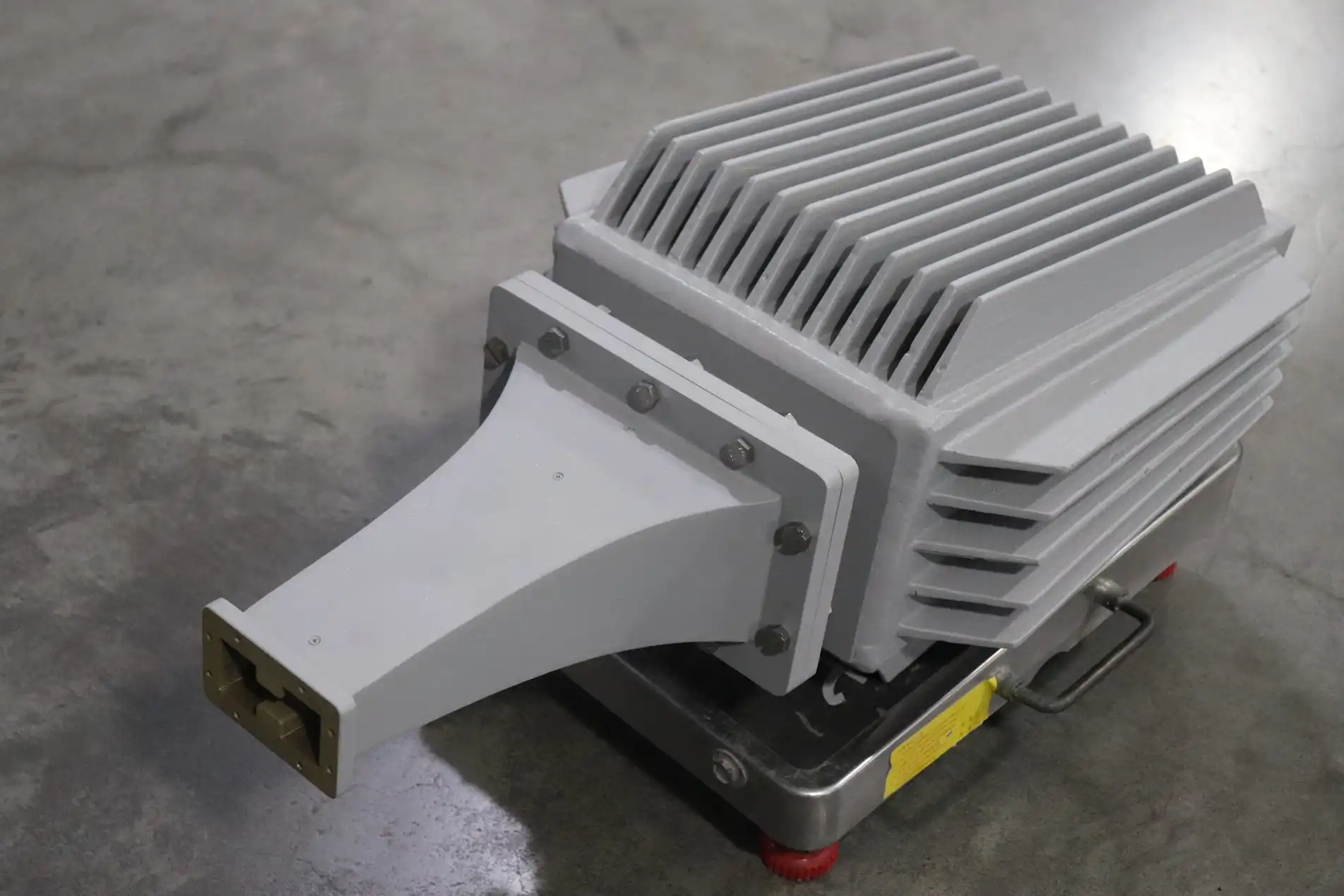
Applications in Specialized Microwave Systems
Reactive waveguide termination designs find particular utility in specialized microwave systems where their unique characteristics provide advantages over alternative termination approaches. These applications often involve narrow-band systems, impedance matching networks, or situations where the reactive termination serves dual purposes as both a terminating element and an impedance transformation device. Reactive terminations excel in laboratory measurement applications where precise impedance standards are required, and in systems where the termination must interface with specific impedance levels that differ from the characteristic impedance of the transmission system. The ability to achieve very low return loss at specific frequencies makes reactive waveguide termination systems valuable for calibration standards and precision measurement applications. Advanced Microwave Technologies Co., Ltd. provides customized reactive termination solutions for OEM applications where standard resistive designs cannot meet specific impedance matching or frequency response requirements. These specialized waveguide termination products are essential in radar systems, satellite communications, and aerospace applications where precise electrical performance is critical for overall system functionality.
Ferrite-Based Waveguide Termination Technology and Magnetic Absorption
Ferrite Material Properties and Magnetic Loss Mechanisms
Ferrite-based waveguide termination systems leverage the unique magnetic properties of ferrite materials to achieve electromagnetic energy absorption through magnetic domain interactions and controlled magnetic losses. Ferrite materials exhibit high magnetic permeability combined with controllable loss characteristics that make them particularly effective for microwave energy absorption applications. The magnetic loss mechanisms in ferrite materials include domain wall motion, spin resonance phenomena, and eddy current losses that convert electromagnetic energy into thermal energy with high efficiency. Different ferrite compositions exhibit varying loss characteristics and frequency responses, allowing for optimization of waveguide termination performance for specific applications and frequency bands. The magnetic permeability of ferrite materials can be controlled through composition and processing techniques, enabling precise tuning of the absorption characteristics. Advanced Microwave's ferrite-based waveguide termination designs utilize carefully selected ferrite materials that provide optimal loss characteristics while maintaining thermal stability and mechanical durability required for demanding applications in satellite communications, defense systems, and aerospace environments.
Temperature Stability and Environmental Performance
Ferrite-based waveguide termination systems offer exceptional temperature stability and environmental performance characteristics that make them particularly suitable for applications subject to extreme operating conditions. The magnetic properties of ferrite materials exhibit controlled temperature dependence that can be engineered to maintain consistent absorption characteristics across wide temperature ranges. Unlike resistive materials that may experience significant property changes with temperature, properly formulated ferrite materials maintain stable magnetic permeability and loss tangent values over extended temperature ranges. This thermal stability translates directly to consistent waveguide termination performance in applications ranging from cryogenic conditions to elevated temperatures encountered in aerospace and defense systems. Advanced Microwave Technologies Co., Ltd. engineers ferrite-based terminations that operate efficiently across wide temperature ranges, ensuring reliable performance in both high and low-temperature environments. The robust build quality achieved through high-grade materials and precision manufacturing processes enhances the longevity and reliability of ferrite-based waveguide termination products, even under harsh environmental conditions including vibration, shock, and thermal cycling.
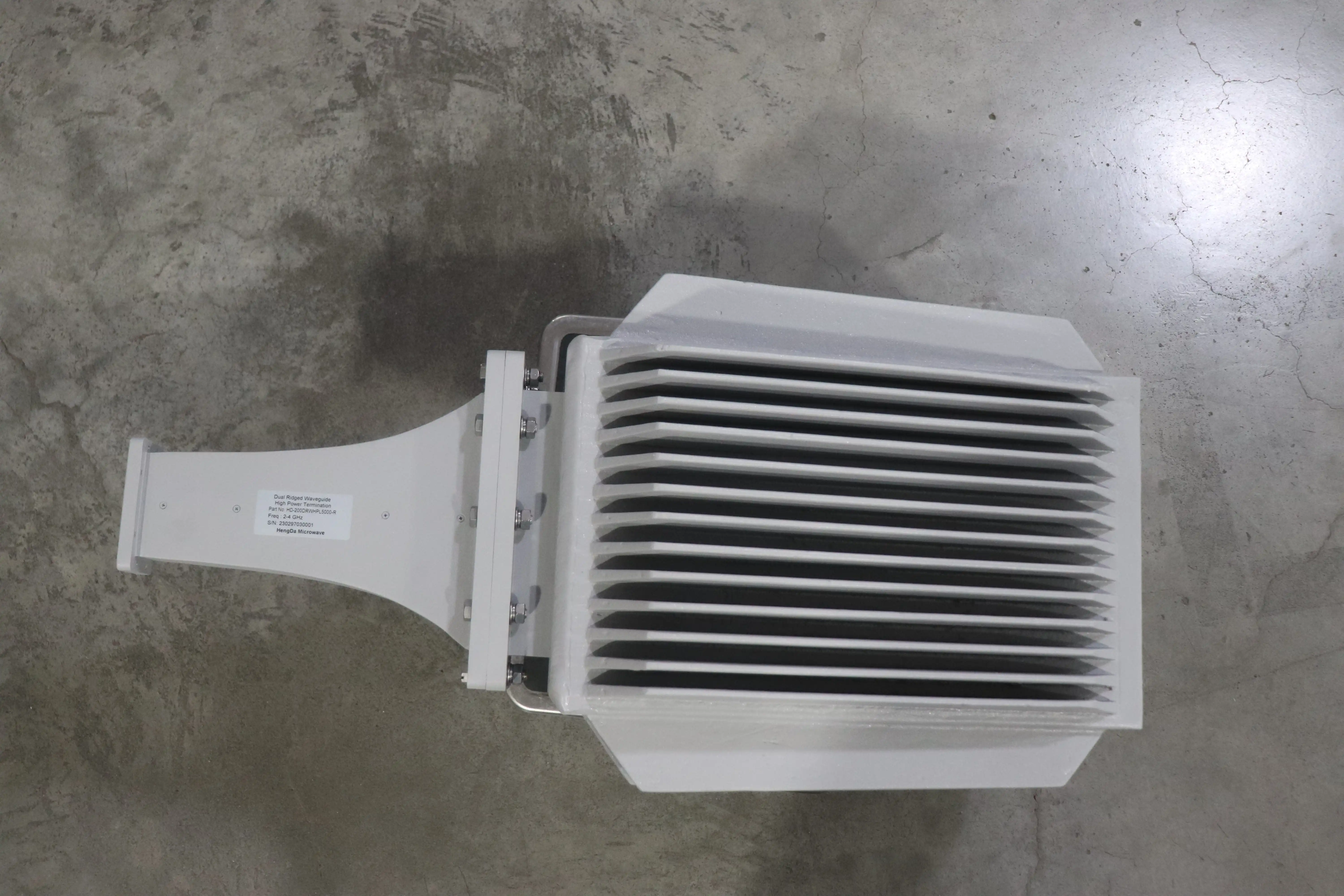
High-Power Applications and Non-Reciprocal Behavior
Ferrite-based waveguide termination systems excel in high-power applications due to their superior power handling capabilities and unique non-reciprocal electromagnetic properties. The magnetic absorption mechanisms in ferrite materials can handle significantly higher power levels compared to conventional resistive terminations without experiencing performance degradation or thermal failure. The non-reciprocal behavior of ferrite materials under the influence of applied magnetic fields enables the development of isolator-terminated waveguide systems that provide unidirectional power flow and enhanced isolation characteristics. This capability makes ferrite-based waveguide termination systems particularly valuable in high-power transmitter applications, radar systems, and satellite communication terminals where isolation and power handling are critical requirements. Advanced Microwave's ferrite-based terminations can accommodate power ratings up to 500W while maintaining low insertion loss and minimal signal degradation during operation. The wide frequency range support from DC to 110 GHz makes these terminations versatile solutions for diverse applications including radar detection, military communication systems, and avionics where high power handling and low loss characteristics are essential for optimal system performance.
Conclusion
The selection between resistive, reactive, and ferrite-based waveguide terminations depends on specific application requirements including frequency range, power handling, environmental conditions, and performance specifications. Resistive terminations offer broadband performance and design simplicity, reactive designs provide frequency-selective characteristics and precise impedance matching, while ferrite-based solutions excel in high-power applications with superior environmental stability. Each technology presents unique advantages that make them optimal for different microwave system applications.
Ready to enhance your microwave system performance with precision-engineered waveguide terminations? Advanced Microwave Technologies Co., Ltd. brings over 20 years of industry expertise to deliver customized solutions that exceed your technical requirements. Our state-of-the-art laboratories equipped with advanced measurement equipment up to 110 GHz ensure ISO:9001:2008 certified and RoHS compliant products for satellite communications, defense, aerospace, and navigation applications. Whether you need standard products or custom OEM solutions, our expert engineering team provides comprehensive technical support, rapid prototyping, and quick turnaround times to accelerate your project timelines. Experience the Advanced Microwave advantage with our perfect supply chain system, competitive pricing, strict quality control, and strong after-sales support. Contact our technical specialists today at mia@admicrowave.com to discuss your waveguide termination requirements and discover how our integrated production and R&D capabilities can deliver the precise solutions your applications demand.
References
1. Collin, R.E. "Foundations for Microwave Engineering, Second Edition." McGraw-Hill Professional, 2001.
2. Pozar, D.M. "Microwave Engineering, Fourth Edition." John Wiley & Sons, 2012.
3. Ragan, G.L. "Microwave Transmission Circuits: Radiation Laboratory Series Volume 9." Boston Technical Publishers, 1964.
4. Matthaei, G.L., Young, L., and Jones, E.M.T. "Microwave Filters, Impedance-Matching Networks, and Coupling Structures." Artech House, 1980.
5. Baden Fuller, A.J. "Ferrites at Microwave Frequencies: IEEE Electromagnetic Waves Series 23." Institution of Engineering and Technology, 1987.
6. Liao, S.Y. "Microwave Circuit Analysis and Amplifier Design." Prentice Hall Professional Technical Reference, 1987.




